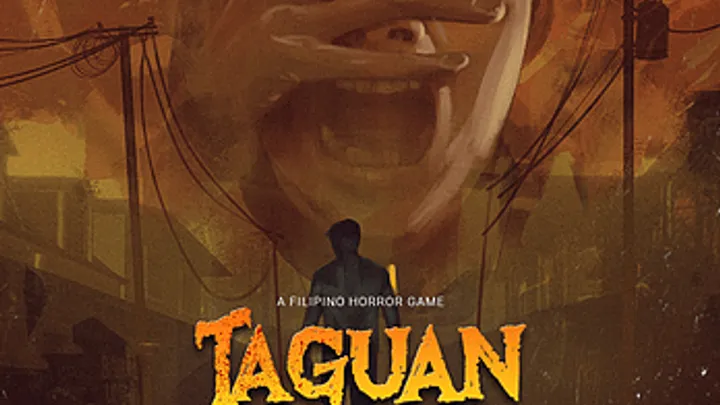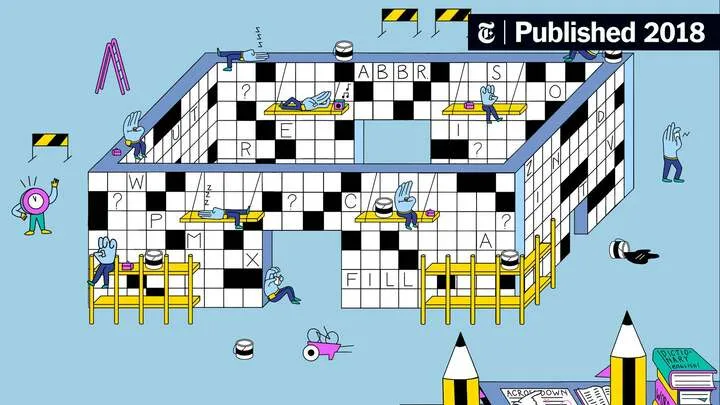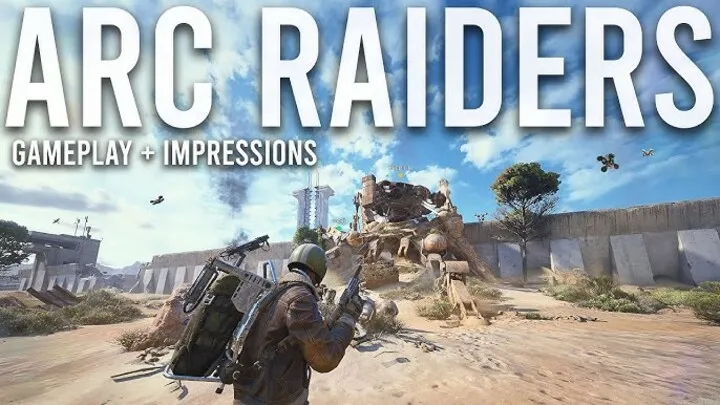Animal Helicopter Rescue Game may appear at first like a simple mobile rescue simulator, but underneath its straightforward controls is a surprisingly sophisticated emotional architecture. The game doesn’t rely on competition or score-hunting to keep players engaged. Instead, it builds immersion through emotional connections between the rescuer and the animals.
This article focuses on one specific, deeply analytical theme: the emotional bonding system built into Animal Helicopter Rescue Game. We explore how trust is formed, how animals respond emotionally, and how the player’s sense of responsibility becomes the core of the gameplay experience.
Understanding Emotional Design in Animal Rescue Gameplay
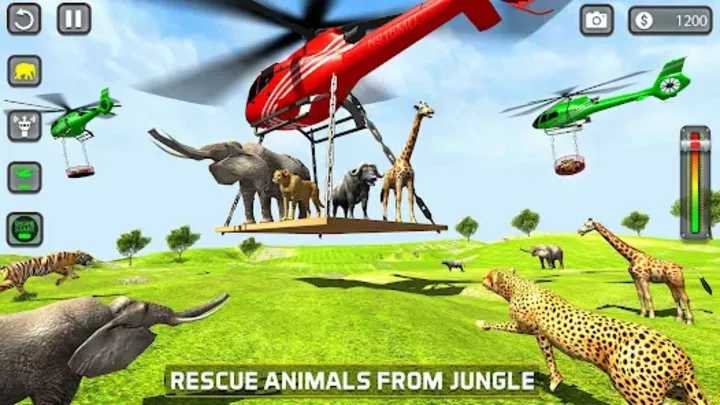
The emotional design of the game is not accidental—it is the central mechanic. Every trembling animation, every cautious movement, and every whimper works together to make the player care about the animals. Emotional engagement becomes more important than mechanical execution.
Players do not just complete missions; they take responsibility for creatures that behave and react in ways that feel genuinely alive. This design philosophy reshapes how players control the helicopter, respond to danger, and perceive each mission’s stakes.
Emotional Dependence
The game creates a world in which the animals’ safety depends entirely on the player. This sense of responsibility becomes the primary emotional motivator. When a stranded creature looks up with wide, fearful eyes, the player feels compelled to act.
The developers use emotional expressiveness to turn each rescue into something meaningful rather than mechanical.
Emotional Pacing
Players often slow down during rescues, not because the game instructs them to, but because it feels right. The animals’ emotional cues affect how players move, land, and lift off. The gameplay’s pacing is controlled by the emotional needs of the animals, creating a rare synergy between emotion and mechanics.
The Behavioral AI Behind Animal Emotions
Animal Helicopter Rescue Game uses behavioral scripting that creates the illusion of emotional complexity. Animals do not behave randomly—they react to the environment and the helicopter in ways that communicate fear, hope, and relief.
This AI aims for emotional believability rather than realism, and its success is what gives the game its emotional impact.
Fear-Based Reactions
When an animal is scared, it may freeze, shake, or attempt to run. These behaviors reflect natural fear responses that players instantly recognize.
The more frightened the animal, the more tense the rescue becomes, giving emotional weight to the player’s actions.
Relief Responses
As the helicopter approaches carefully, animals gradually show calming animations. Their breathing slows, their stances relax. These small signals of relief reward the player emotionally and reinforce the bond between rescuer and animal.
The Bonding Loop That Connects Player and Animal
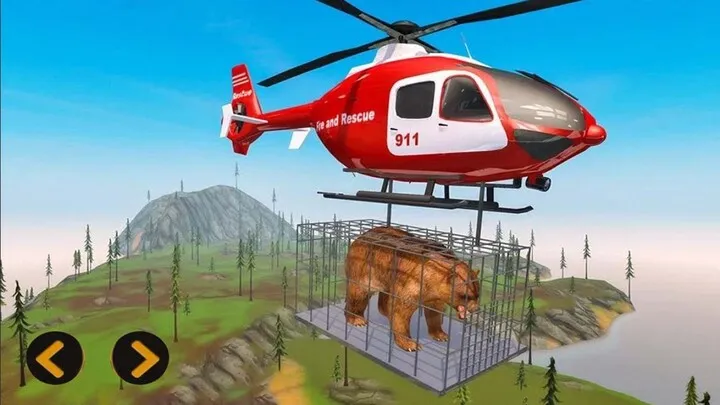
The game establishes an emotional loop built on repeated rescue interactions. Even though animals may not persist as ongoing characters, players form perceived continuity through memory and emotional association.
The Rescue Cycle
The loop is simple: rescue leads to gratitude, which leads to emotional memory. Players begin to remember how certain animals responded in past missions, even if technically those creatures are not the same individual.
Because emotions linger, the player feels as though they are building relationships.
Trust Growth
Over time, animals appear more trusting—not through mechanics but through animation and behavior tone. Players interpret this as loyalty. This subtle emotional evolution strengthens long-term engagement.
Sound Design as Emotional Communication
Sound plays a bigger role in emotional engagement than most players realize. Whimpers, chirps, soft calls, and distressed squeaks shape the emotional landscape of each mission.
Distress Audio Cues
When animals are frightened or in danger, the audio becomes sharper or higher pitched. Players become more cautious as a natural response.
These audio cues guide the player without ever breaking immersion.
Relief Sounds
When an animal is secured, a gentle sound signals success. This relief cue acts as a psychological exhale for the player, reinforcing positive emotional feedback.
Visual Cues That Evoke Empathy
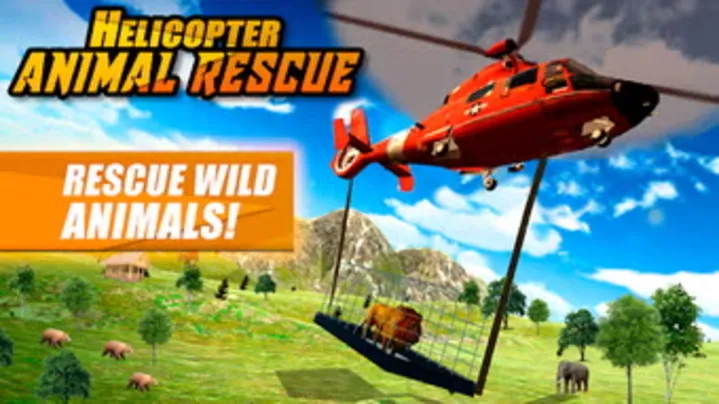
Visual details are crafted to create instant emotional connection. Exaggerated expressions, soft lighting, and reactive animations allow animals to communicate emotions that players instinctively understand.
Expressive Faces
Large eyes, detailed blinking, and subtle facial changes give animals visual emotional language. A scared glance or a hopeful look is enough to influence player actions.
Body Language
Tail movements, crouching, trembling, or perked ears convey emotional states even before the player gets close. These subtle signs deepen immersion and emotional involvement.
Environmental Threats as Emotional Pressure
The world itself is part of the emotional tension. Animals are placed in dangerous or precarious situations that highlight their vulnerability.
Hazardous Terrain
Cliffs, floods, storms, and collapsing landscapes all create emotional stakes. Players worry not because they might lose points, but because the animals seem genuinely endangered.
Emotional Isolation
The game rarely places multiple animals together. The isolation of each creature emphasizes their helplessness, making each rescue more emotionally intense.
Helicopter Controls and Their Emotional Impact
The helicopter is the player’s emotional instrument. Its sensitivity, movement style, and responsiveness directly affect animal behavior.
Emotional Flight Patterns
A calm, steady descent reassures animals, while sudden jerks frighten them. This design makes the helicopter feel like an extension of the player’s empathy.
Learned Emotional Control
Over time, players adjust their flying habits to reduce stress for the animals. This adaptation shows the emotional system’s influence on gameplay behavior.
The Psychology of Urgency

Instead of relying on numerical timers, the game uses emotional urgency. Rising water, worsening storms, or an animal’s escalating fear signal that time is running out.
Natural Pressure
Players respond instinctively to emotional cues—the animal shivering harder, the sky darkening, or water creeping closer.
This design avoids artificial countdowns, making urgency feel organic.
Emotional Consequences
Failure is not just a mechanical loss; it produces sad reactions from animals that feel heavy. This emotional consequence dramatically increases player investment.
Why Players Stay Emotionally Invested
The game provides emotional rewards that keep players engaged far more effectively than coins or experience points.
Emotional Role Identity
Players see themselves as protectors. The game reinforces this identity with each rescue, strengthening long-term motivation.
Emotional Payoff
Every successful rescue delivers an emotional reward through visuals, sound, and behavior. These emotional payoffs accumulate, creating a powerful pull to continue playing.
Compassion as an Unspoken Narrative
Animal Helicopter Rescue Game’s story is not told through text. It is told through interactions, tension, relief, and emotional nuance.
Micro-Stories
Each mission becomes a narrative: a kitten stranded in a tree during a storm, a fox cub trapped in rubble, a bird caught in harsh winds.
These small stories build a larger emotional arc.
The Player’s Emotional Journey
The game shapes players from curious beginners into empathetic rescuers. This emotional evolution is the true narrative of the experience.
Conclusion
Animal Helicopter Rescue Game achieves something rare in its genre: it creates emotional depth through design rather than dialogue. Its systems of behavior, sound, animation, environment, and helicopter control work in harmony to build honest emotional bonds between the player and the animals they rescue.
Every mission becomes a meaningful act, not because of points or rewards, but because the virtual creatures feel emotionally real enough to protect.






